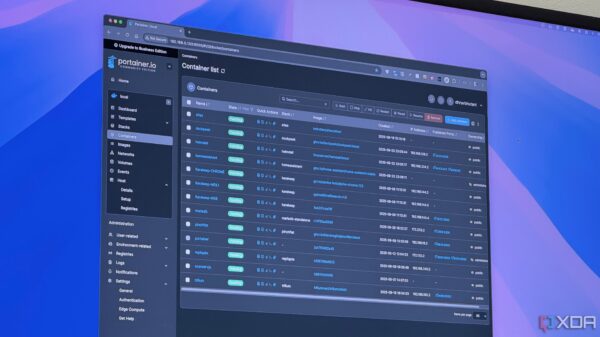The United States military is advancing its naval warfare capabilities with the development of the Quicksink munitions program. This initiative aims to enhance the US Navy’s ability to counter China’s growing maritime presence, particularly in the Indo-Pacific region. Testing has already demonstrated success, with multiple decommissioned ships being sunk during trials.
In a potential conflict scenario, the Chinese Navy could deploy over 700 surface combatants, submarines, and support vessels. In contrast, the US Navy would struggle to match this number, highlighting a critical tactical disadvantage. The Quicksink program is positioned as a low-cost solution to efficiently target and sink enemy ships, effectively shifting the naval balance in favor of the United States.
Understanding the Quicksink Program
According to the Air Force Research Lab, Quicksink is a “Joint Capability Technology Demonstration (JCTD)” designed to integrate and showcase new technology. This program focuses on air-delivered, low-cost capabilities for targeting surface vessels. The munitions utilize existing guidance systems combined with a new Weapon Open Systems Architecture (WOSA) seeker. This adaptable seeker can be integrated with various current and future munitions, significantly expanding the US military’s arsenal.
Initial tests have included the deployment of a 2,000-pound GBU-31/B Joint Direct Attack Munition (JDAM) and a 500-pound GBU-38 JDAM. These successful trials are pivotal to the US military’s strategy for engaging the Chinese military, especially considering the current reliance on cruise missiles and MK-48 heavyweight torpedoes for naval engagements.
Strategic Adaptability and Future Potential
A key advantage of the Quicksink program is its versatility across different military platforms. It can be launched from a range of aircraft, from the stealthy B-2 Spirit strategic bombers to the F-15EX Eagle II fighter jets. As the program evolves, there is potential for even more aircraft types, including transport planes and AC-130 gunships, to be equipped with Quicksink munitions.
For instance, a single B-2 Spirit can carry up to 80 500-pound Quicksink munitions. While larger bombs may be necessary to sink a warship, the sheer volume one stealth bomber can deliver means that just a few aircraft could significantly disrupt a major Chinese amphibious operation, particularly in a scenario involving Taiwan.
The ongoing testing of Quicksink munitions continues to yield promising results, with the US Air Force and Navy working together to refine their capabilities. The goal is to establish a formidable anti-ship arsenal that enhances deterrence against China, thereby contributing to maritime stability in the region.
As the situation in the Indo-Pacific continues to evolve, the Quicksink program represents a critical step for the US military in adapting to new threats and maintaining a strategic edge in naval warfare.






































































